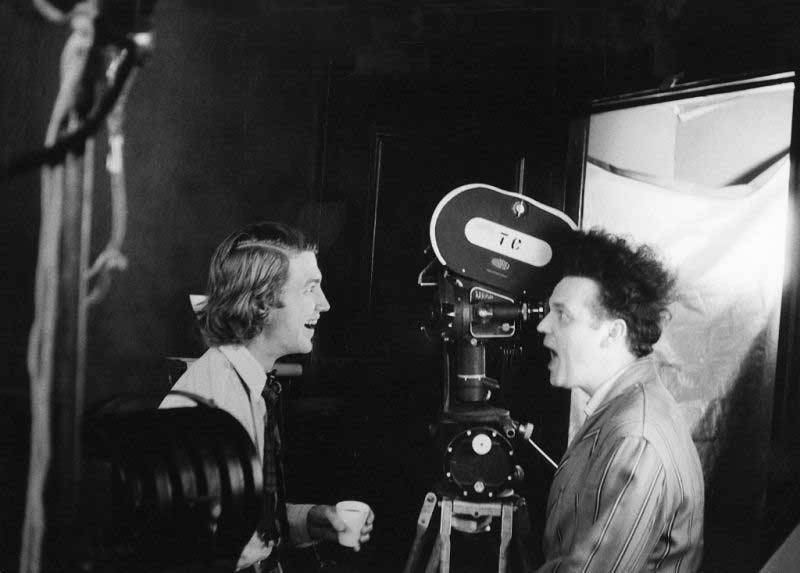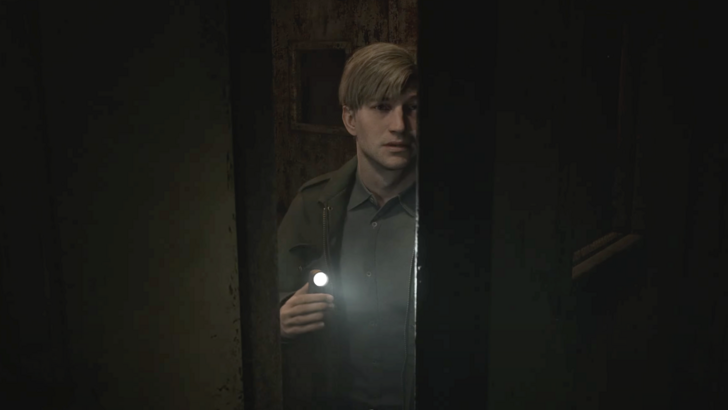"David Lynch: A Unique Filmmaking Legacy"
In the pilot episode of Twin Peaks, David Lynch masterfully captures the mundane rhythms of daily life before shattering them with an unsettling revelation. The scene unfolds in a high school where students engage in typical activities—a girl sneaking a cigarette, a boy summoned to the principal's office, and a teacher taking attendance. The tranquility is abruptly disrupted when a police officer enters the classroom and whispers to the teacher, followed by a scream and the sight of a student sprinting across the courtyard. The teacher, struggling to hold back tears, signals an imminent announcement. Lynch's camera then focuses on an empty seat, a poignant symbol of absence, as two students exchange a knowing glance, realizing that their friend Laura Palmer is no longer with them.
Lynch's genius lies in his meticulous attention to surface-level details, which he uses to peel back layers and reveal the unsettling truths lurking beneath. This scene encapsulates the essence of Lynch's thematic obsession throughout his career, yet it's just one of many iconic moments that his fans cherish. Each Lynch enthusiast might have a different "definitive" scene, reflecting the diverse appeal of his work. This is what makes his passing so difficult for fans to accept—his singular voice resonated differently with everyone.
The term "Lynchian" has become synonymous with an eerie, dream-like quality that defies easy categorization. Like "Kafkaesque," it transcends the specifics of Lynch's work to describe a broader, unsettling atmosphere. This unique adjective places Lynch in an exclusive club of artists whose impact is felt across genres and mediums.
Watching Eraserhead was a rite of passage for budding film enthusiasts, a tradition that continues across generations. Lynch's influence is timeless and odd, as evidenced by his decision to furnish a child's bedroom in Twin Peaks: The Return with 1950s cowboy decor—a nod to his own childhood. Yet, within this nostalgic setting, Lynch crafts a nightmarish world of clones and violence, a testament to his refusal to conform to Hollywood's nostalgia-driven trends.
When Lynch did adhere to conventional Hollywood norms, as with Dune, the result was a unique blend of his signature style and the film's inherent narrative. Despite its troubled production, detailed in Max Evry's book A Masterpiece in Disarray, Lynch's Dune remains unmistakably his own, complete with bizarre imagery like a cat/rat milking machine. His second feature, The Elephant Man, showcases his ability to create beauty from unsettling realities, earning him critical acclaim while staying true to his vision.
Attempting to pigeonhole Lynch's work into genres or tropes is futile, yet his films are instantly recognizable. His fascination with the world beneath our own is evident in Blue Velvet, where a seemingly idyllic setting masks a darker, surreal reality. This film, like much of Lynch's work, draws from influences that are no longer prevalent, underscoring his unique place in cinema history.
Lynch's influence extends to a new generation of filmmakers, from Jane Schoenbrun's I Saw The TV Glow to Yorgos Lanthimos's The Lobster, Robert Eggers's The Lighthouse, and Ari Aster's Midsommar. His impact is also seen in works by David Robert Mitchell, Emerald Fennell, Richard Kelly, Rose Glass, Quentin Tarantino, and Denis Villeneuve. Each of these filmmakers has, in their own way, captured the "Lynchian" essence that continues to inspire and unsettle audiences.
David Lynch's legacy is not just in his films but in the way he has shaped the cinematic landscape. As we continue to explore the layers beneath the surface, we keep searching for those "Lynchian" moments that remind us of his unparalleled contribution to the art of filmmaking.

- 1 Fortnite: Chapter 6 Season 1 NPC Locations Feb 13,2025
- 2 Culinary Journey Thrives for Six Jan 01,2025
- 3 Pokémon Go Is Celebrating New Year’s 2025 with Festive Fireworks and More! Jan 03,2025
- 4 Roblox: Warrior Cats: Ultimate Edition Codes (January 2025) Feb 12,2025
- 5 Tips to Conquer the Dragon Quest III: HD-2D Remake Feb 21,2025
- 6 Roblox Game Codes Updated: April 2025 May 13,2025
- 7 How To Fix Common Marvel Rivals Error Codes Feb 20,2025
- 8 Pokémon GO Fest 2025: Fest Dates, Locations, Details Revealed Feb 13,2025
-
Top Beauty Trends for This Season
A total of 10
-
Unique Wallpaper Apps for Every Style
A total of 10
-
Ultimate Baseball Games for Android
A total of 10






























